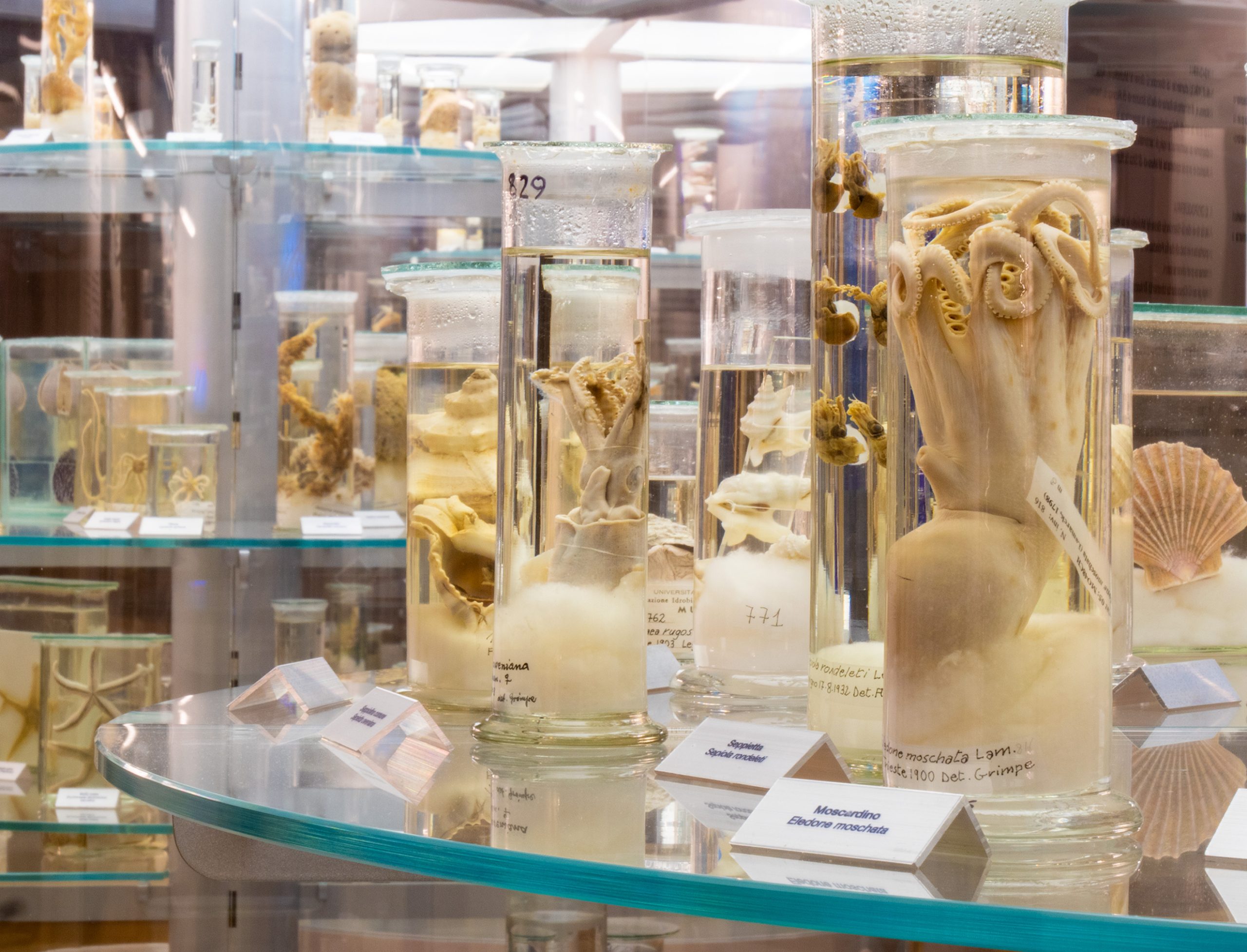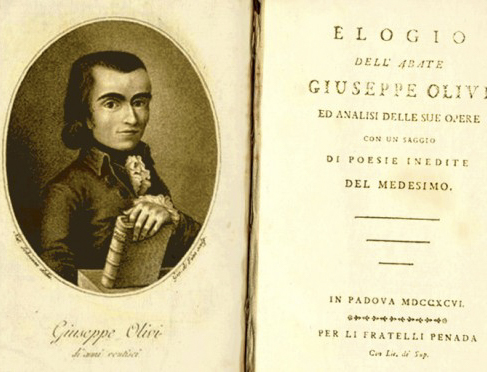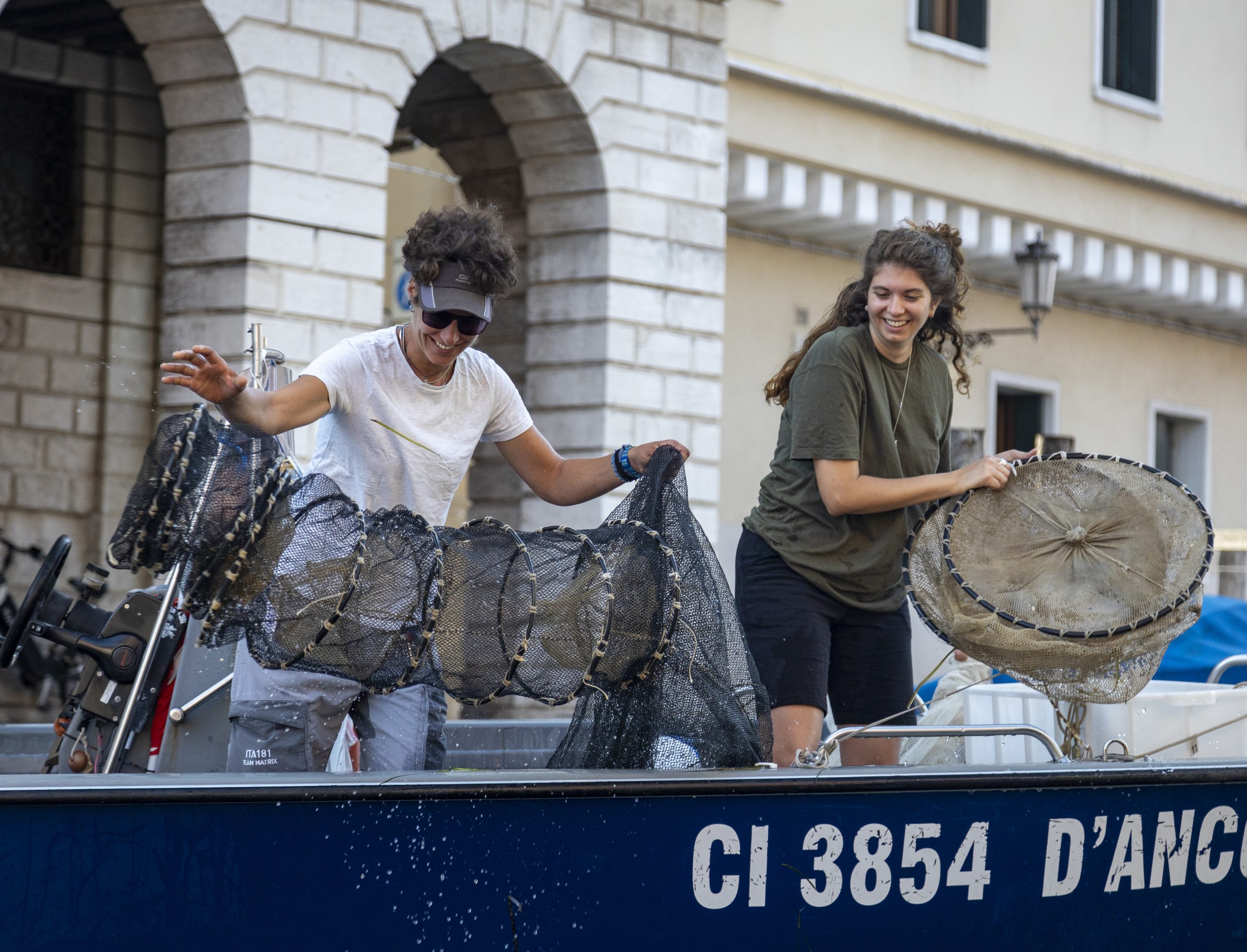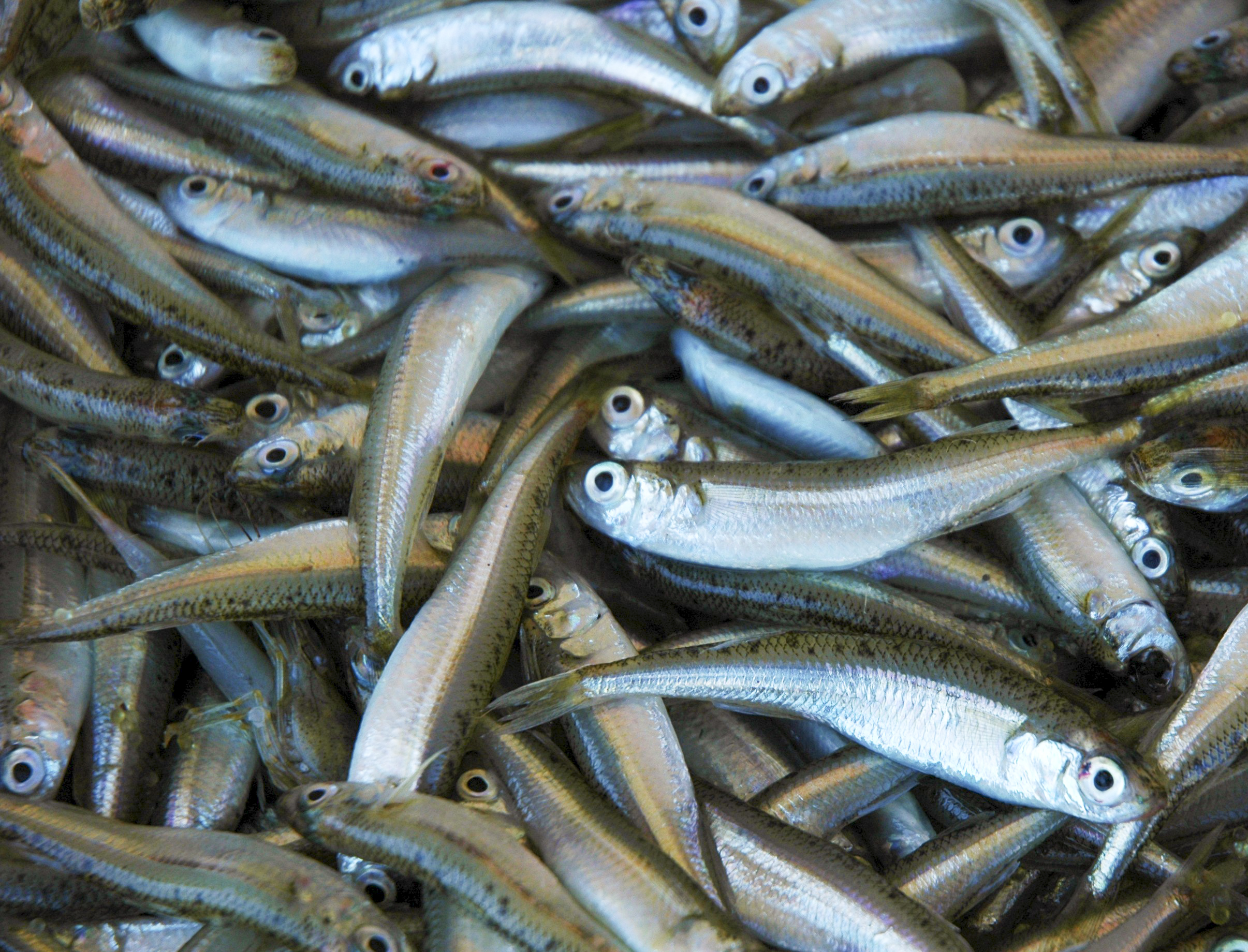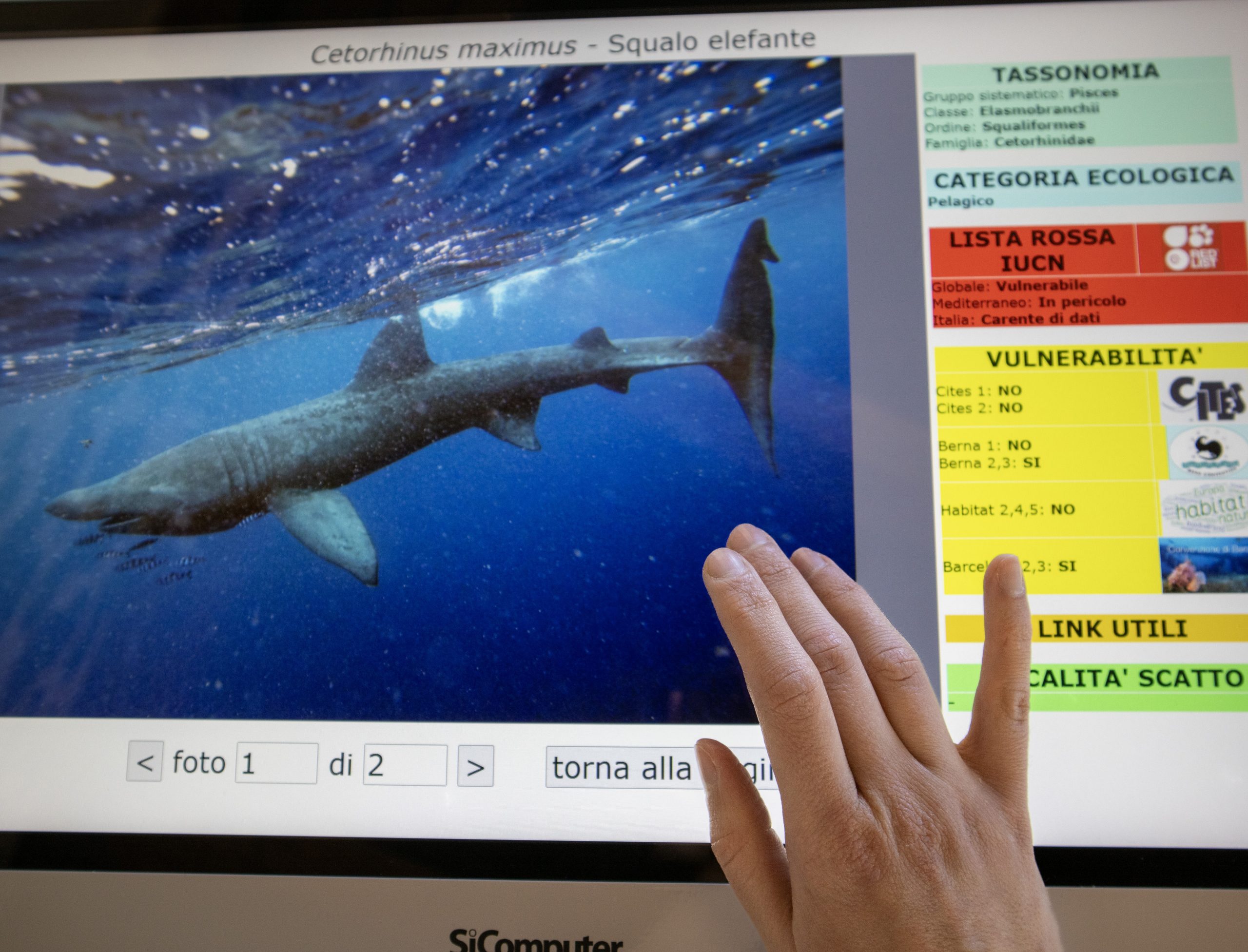In 1792, Giuseppe Olivi, a brilliant naturalist, published the Zoologia Adriatica ossia Catalogo ragionato degli animali del Golfo e delle lagune di Venezia, a source of inspiration for his contemporary naturalists, whether zoologists or not. It is from this text that, over time, the study of lagoon and marine environments and the organisms that inhabit them developed in Chioggia. This long tradition is embodied today in research conducted by public and private institutions and in the Master’s degree in Marine Biology at the University of Padua.
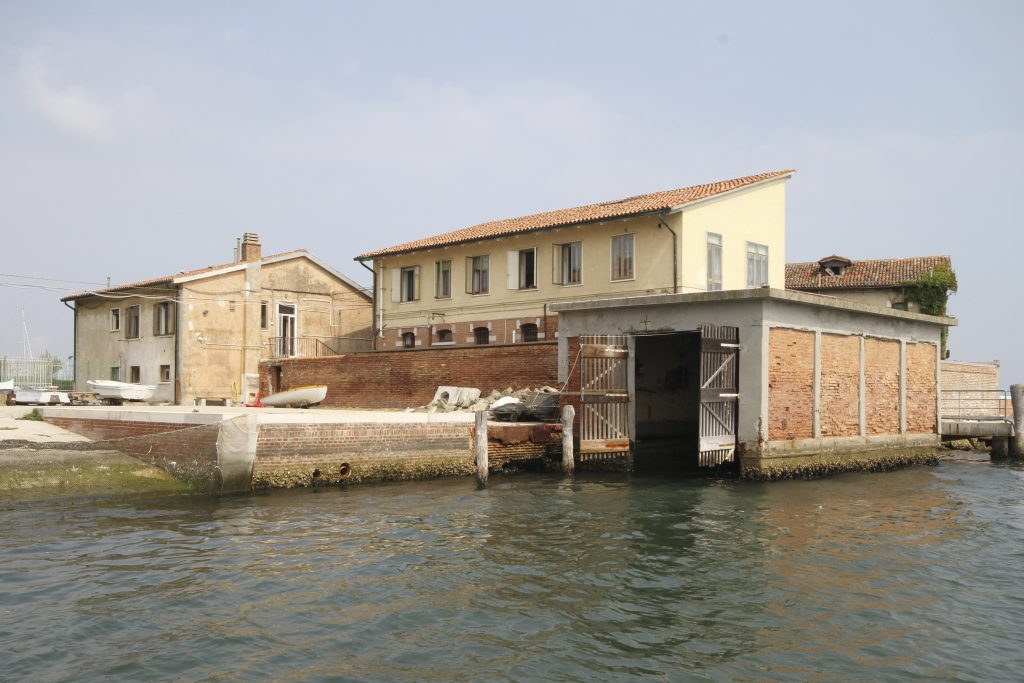
If Palazzo Grassi, with its numerous classrooms and large laboratory for practical activities, is the current headquarters of the Master’s Degree in Marine Biology, it is with the Umberto D’Ancona Hydrobiological Station, named after its founder, that the University of Padua began to be present in Chioggia. Established in 1940 in the north-eastern quadrant of the island of San Domenico, it was granted for free and perpetual use to the University of Padua in 1942, thanks to the tenacity and foresight of Prof. D’Ancona who carried out pioneering studies on the ecosystems of the Venice lagoon and the Upper Adriatic, on the fish stocks subject to fishing, on the lagoon culture and reproductive biology of numerous species of teleost fish. Since then, research on lagoon and marine species has been conducted at the Hydrobiological Station. These studies have expanded knowledge of the biology, ecology and genetics of these organisms but, especially in recent years, have contributed to the identification of methods for the sustainable management of ichthyofauna and for the breeding of fish species. The Hydrobiological Station is an integral part of the Department of Biology of the University of Padua and the current director is Dr. Laura Airoldi.

